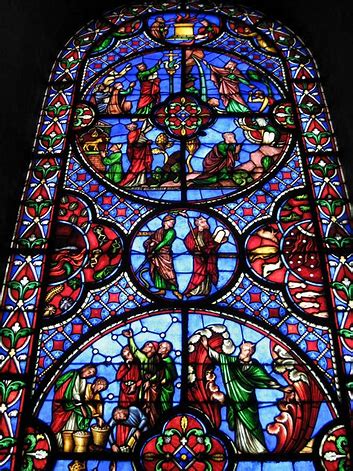
Ottobuono de’Fieschi was born between 1210 and 1220. His family was a foremost feudal clan of Liguria in the Republic of Genoa, on the Tyrrhenian Sea. He was closely related to the counts of Lavagna. His uncle was Pope Innocent IV. As expected, he seemed to live a charmed life.
In 1243 he was a papal chaplain. The next year he was archdeacon of Bologna. Some time between 1244 and 1248 he became archdeacon of Parma. Between 1243 and 1250, he became canon and chancellor of the cathedral chapter at Reims. Then he was canon and dean of the chapter in Piacenza, followed by canon of the cathedral chapter in Paris. After that he became cardinal deacon of San Adriano and, in 1262, he was archpriest of the patriarchal Liberian Basilica. Being the pope’s nephew has its rewards.
In 1265, Pope Clement IV sent the deacon to England to mediate between King Henry III and his rebellious barons. He was also sent to preach for the Crusades. Ottobuono was a shirttail relation to Henry. His sister married Thomas II of Savoy, who happened to be a cousin of Henry’s wife, Eleanor of Provence. The deacon’s role as mediator became a role as papal legate to England for three years. He issued canons which were the basis of Church Law in England until Henry VIII broke away from Rome.
On June 22, 1276, Pope Innocent V died. A conclave was held in the very hot and humid Rome. According to the rules designed not very long before, ten days had to pass and then the election process in a hot stuffy building could begin. This must have given Charles d’Anjou time to influence the cardinals. Ottobuono, Charles’ preferred man, was elected on July 11. Since the newly elected man was not a priest, he needed to be ordained, consecrated and then crowned, but not all on the same day.
Immediately after the conclave, Pope Adrian held a consistory at which three of the 12-13 cardinals were absent due to illness. The ten days he and the other cardinals spent in the conclave must have had their effect. At the request of the cardinals, he annulled Pope Gregory’s bull on conclaves, intending to make some alterations and improvements. The rigors of the conclave as written probably did not appeal to aristocrats and ecclesiastical politicians.
Considering the awful weather and the malaria that went around southern Italy every summer, the ceremonies were postponed until everyone could get to the cooler weather at Viterbo. Not only that, but Adrian wanted to attend to some differences between the Church and Emperor Rudolf. He asked Charles d’Anjou to come to Viterbo to carry out the fealty oath once he was crowned. Charles was asked to come to Rome, but he did not arrive until July 24. The papal procession left before the 22nd of July. It is a distance of 52 miles from Rome to that town in the foothills, an hour plus in a car. Then, it was a five day walk. Charles, King of Sicily, never got to Viterbo before Adrian died.
The new pope probably got sick along the way. He was never ordained, consecrated or crowned. Instead, he died on August 18. He was buried at the Church of San Francisco alla Rocca. It was up to his successor, Pope John XXI to see to Charles’ fealty oath.

Recent Comments